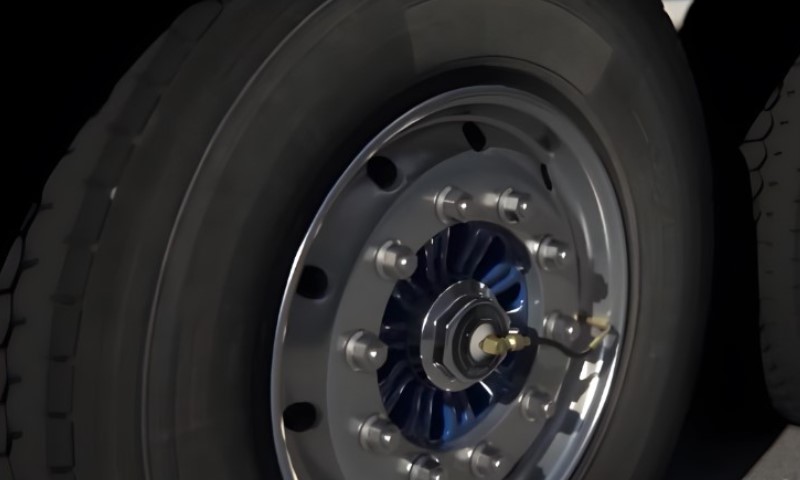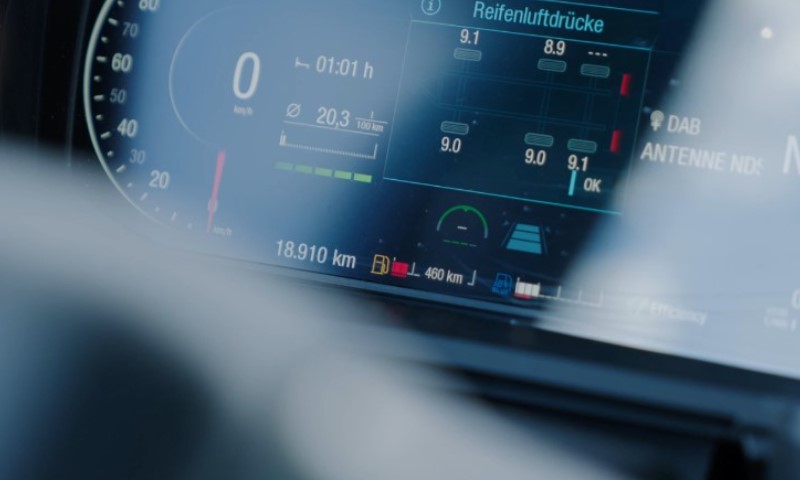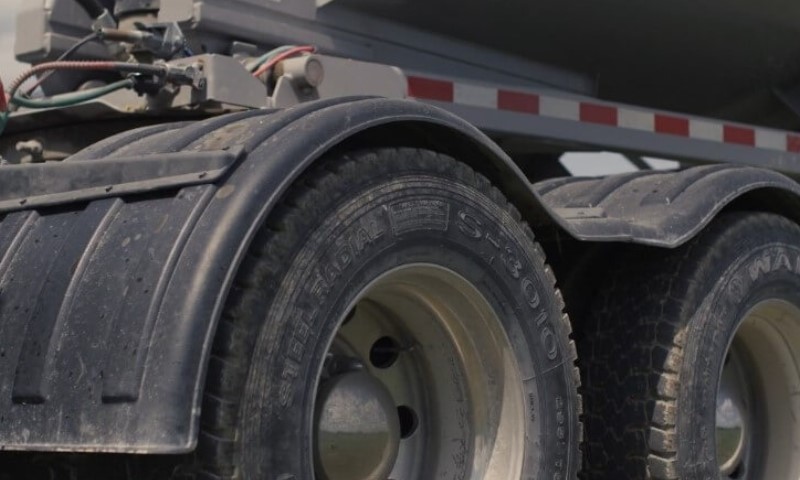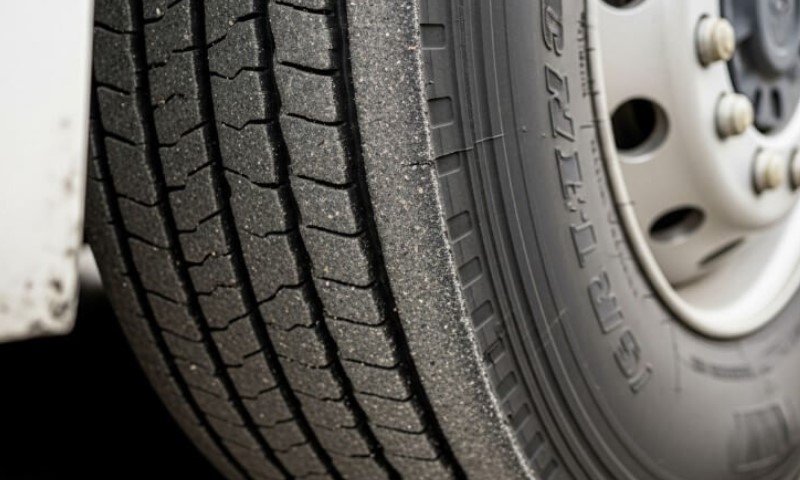In the area of safety and efficiency, the optimal tire pressure for trucks and buses plays a very important role. Many drivers underestimate this point. Yet tire pressure has a major impact on braking distance and driving stability.
Only a few measures are needed to better protect tires. In this article, you will learn which modern technologies already exist for this purpose and other useful tips.
Why Is Tire Pressure So Important?
With the correct tire pressure, the contact surface of the tire is evenly distributed. This provides stable traction on the road. If the pressure is too low, it can cause increased friction and heat buildup.
As a result, the tires can become damaged quickly. In the worst case, they may even burst. If the pressure is too high, the grip on the road surface can be reduced. This can lead to significantly longer braking distances.
What Consequences Can Result from Incorrect Air Pressure?
Safety is not the only thing that can be affected by the wrong tire pressure. Fuel consumption also suffers greatly. With pressure that’s too low, rolling resistance increases. That can lead to higher diesel consumption.
A truck with incorrect tire pressure can use up to 10% more fuel. Furthermore, it causes uneven wear. That means the tires need to be replaced sooner, which also leads to higher costs.
Recommended values for trucks and buses
Each manufacturer specifies exact values for its vehicles. You can usually find this information in the manual or on the inside of the door. Typical values are around:
Effect of Load on Tire Pressure
The higher the load, the greater the strain on the tires. Therefore, you must always adjust the tire pressure precisely when fully loaded. For empty runs, a lower value is usually sufficient.
Some modern systems already perform this adjustment automatically. However, it remains very important to check the pressure manually on a regular basis. This way, deviations can be detected in time.
Tire Pressure Monitoring Systems (TPMS)
A TPMS (Tire Pressure Monitoring System) monitors air pressure in real time. If a tire, for example, has too little or too much pressure, the driver immediately receives a warning. This system is particularly useful for buses.
Passenger safety is the top priority here. Modern TPMS displays the pressure on a screen in the cockpit. There are also systems that measure tire temperature. This makes it possible to detect potential damage right away.
The advantages of TPMS at a glance:
- Safety for drivers and passengers
- Longer tire lifespan
- Lower fuel consumption
- Fewer breakdowns due to punctures
Care and Maintenance of Tires
Tires can only ensure a long service life if they are well-maintained. It is important to check the tire tread regularly. Pay attention to whether there are visible damages. If you notice cracks, nails, or uneven wear, you should take action.
These are clear warning signs. You should also remember to check the valves. If a valve is defective, air can slowly escape. It is best to combine each vehicle wash with a quick visual inspection of the tires.
Temperature and Tire Pressure
Temperature has a very large influence on air pressure. Even a difference of just 10 degrees can change the value by 0.1 to 0.2 bar. Therefore, pressure should always be measured only when the tires are cold.
The value can often be inaccurate after a long drive. Pressure may also increase temporarily due to strong sunlight. Take these fluctuations into account and adjust them if necessary.
Differences Between Summer and Winter Tires
Trucks and buses are often equipped with special winter tires. These have a different tread pattern as well as a different rubber compound. The optimal tire pressure may therefore vary slightly.
It is important that you always follow the manufacturer’s specifications. In winter, the tire pressure should be slightly higher than in summer. The reason for this is that cold temperatures can lower the pressure somewhat. Make sure that stability is always maintained, especially on slippery roads.
How Often Should Tire Pressure Be Checked?
Experts recommend checking tire pressure at least once a week. If you’re planning a longer trip or taking the vehicle on a journey, you should definitely perform a check before departure. In modern TPMS systems, deviations are displayed immediately.
Still, a manual check is always advisable. Remember that even electronic systems can have errors. The most reliable method is using a professional pressure gauge.
Tire Pressure and Driving Comfort

Air pressure affects not only safety and costs, but comfort also plays an important role. If the pressure is too high, the ride becomes harder and less comfortable.
When the pressure is too low, the vehicle sways more from side to side. Passengers notice such differences, especially in buses. With the correct tire pressure, you are always traveling more safely, more stably, and more comfortably.
Common Mistakes With Tire Pressure
Most drivers only pay attention to the front tires. The rear axle is often neglected. Spare tires are also frequently forgotten. Another mistake is measuring after long drives. Keep in mind that the reading can be distorted in this case.
Using unsuitable gauges is also a common mistake. Therefore, always rely on tested devices. Only those ensure reliable readings.
Summary
Safety plays an important role in road traffic. Correct tire pressure has a major influence on it. With proper maintenance, regular checks, and modern technology like TPMS, accidents and costs can be avoided.
This not only increases tire lifespan but also provides greater comfort. Furthermore, efficiency is positively affected as well.


